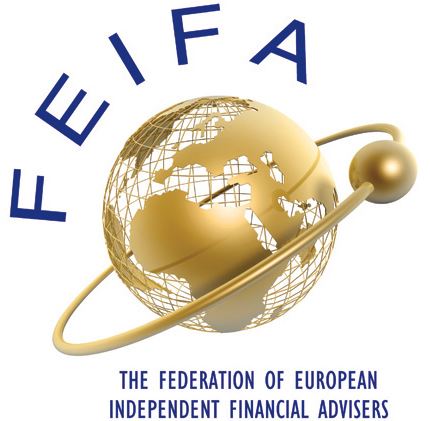As someone who has been involved in the management of income portfolios for much of my investment career, it will not surprise readers to learn that I am a dividend enthusiast. I have always believed that the sort of company that generates healthy cash flows and has in place a management team with the discipline to pay a portion of this cash out to shareholders each year, is the sort of company that does well over time. Investing in these types of companies also tends at give a portfolio a value ‘style’. This style can, of course, go out of fashion on occasions, but over time it is generally conducive to wealth creation.
With this in mind, I always make sure I cast my eye over the quarterly Capita UK Dividend Monitor, the latest version of which was recently published, covering the first quarter of the year. This publication shines a light into the trends affecting UK dividends, while also reflecting some of the more important global themes.
A perusal of the business pages over the past few months might give a gloomy impression of the state of UK dividends, but the reality is a little brighter. Sure, we have had some high profile dividend cuts, but most of these had been expected given the situations in which these companies found (or put) themselves. Hence BHP, Rio Tinto, Barclays, Rolls Royce and Morrisons joined Glencore, Standard Chartered and Anglo American in cutting dividends in 2016. However, on the credit side of the UK dividend profit and loss account, Shell, following the acquisition of BG, upped its dividend by what would have been the equivalent of a 150% increase in the BG dividend. This went some way to counterbalance some of the cuts noted above.
Meanwhile, Prudential gave investors an extra 25% over and above the normal pay-out – reflecting the additional contribution to profits from the specific management actions taken to position the balance sheet more efficiently ahead of the new Solvency II regulatory regime (the EU directive that seeks to harmonise insurance regulation in the region).
Given the international nature of the UK market, it is interesting to note that 35 of its sub-sectors delivered an increase in dividends, with only four falling. So while a few large companies and sectors are seeing cuts, the broader measure of dividend health looks a lot better.
Similarly, mid-cap stocks experienced strong growth relative to the more internationally exposed FTSE 100 companies. This perhaps shows some sign of a little more confidence in the domestic economy from the boardrooms whose fortunes depend most on it.
However there are some notes of caution in the report. The small aggregate increase in dividends of 1.3% is supported by a fairly significant element of special (and often, one-off) dividend payments. Without this support, underlying dividend growth would have fallen – the first underlying fall since 2010.
Dividend growth has also been supported this quarter by the recent weakness of sterling – with the significant number of dollar dividend payers consequently paying a little more to sterling investors. This could obviously change and, as ever, needs watched carefully.
It is also worth noting that the huge skew in payments towards the UK’s biggest companies remains. And this year the spotlight is particularly on Shell, which now pays £1 in every £7.50 of dividends paid in the UK. The top five UK payers now pay £4 of that £7.50. This is quite a skew, and one leaving shareholders vulnerable to the vagaries of this small number of companies and sectors.
The overall outlook for income investors is therefore mixed, but the picture is probably brighter than the one painted by recent headlines. It is also evident that a few more executive teams concur with my view that cash flow generation and the delivery of dividend growth send the strongest messages to shareholders about the health and prospects of a business.
